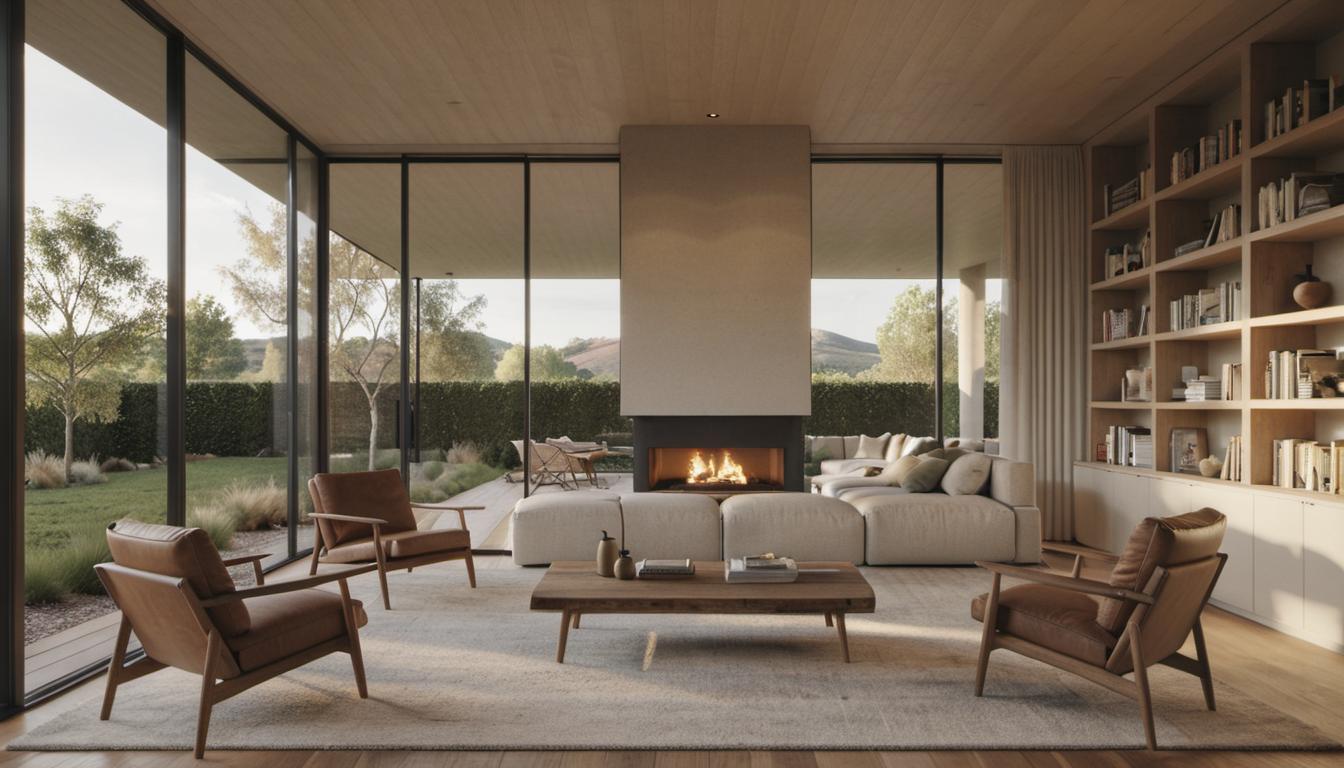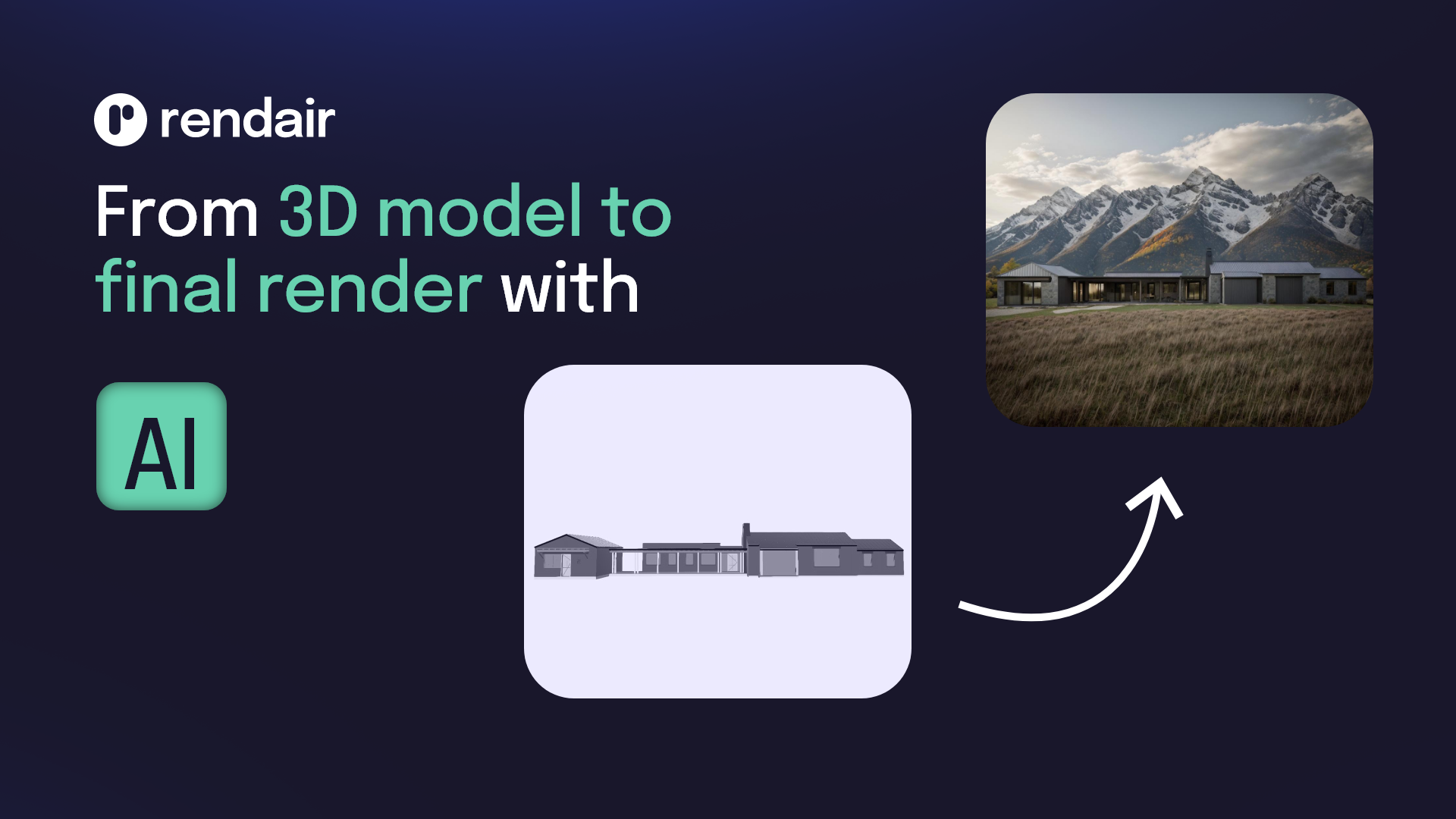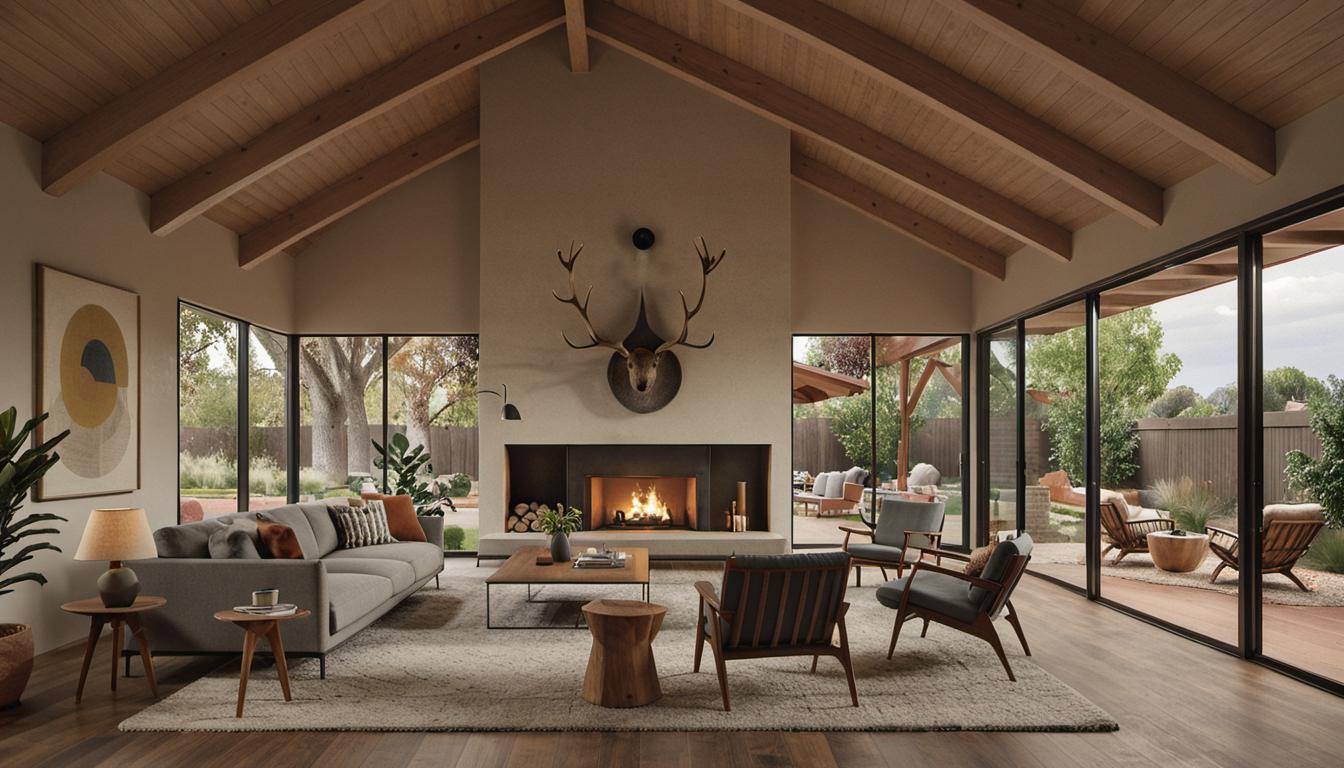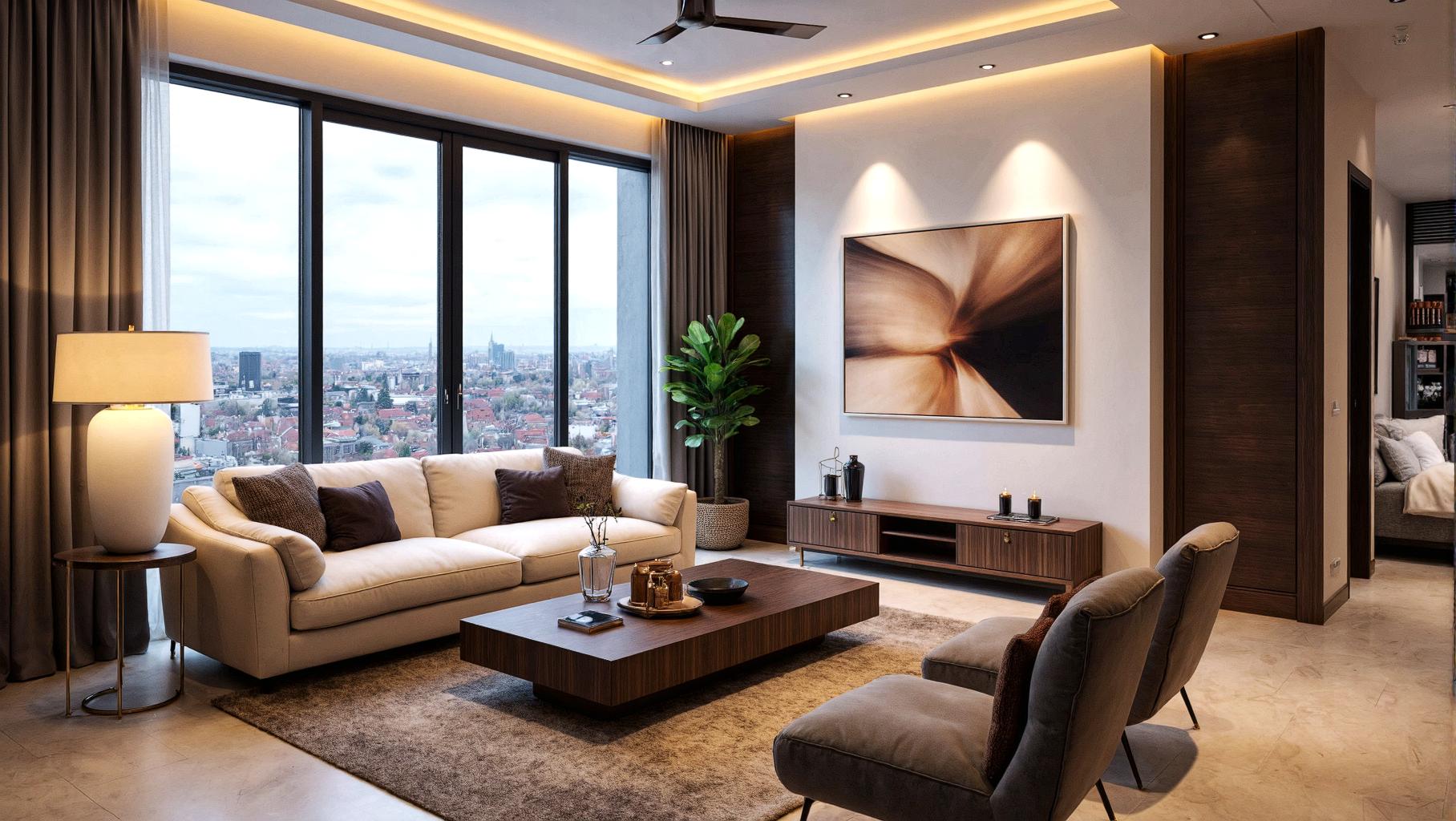Understanding the Role of Architectural Renderings in Interior Design
Architectural rendering is a powerful tool in the realm of interior design. It plays a vital part in visualizing the end result of a design project from its earliest stages. With high accuracy and attention to detail, these renderings assist in the anticipation and correction of potential design flaws, thus preventing costly surprises upon execution. 3D rendering serves as both an impressive presentation device and a practical blueprint, making it indispensable in the modern design world.
The Crucial Role of 3D Rendering
- 3D rendering is a potent resource in interior design, effectively converting conceptual visions into persuasive visual narratives. It provides a lifelike preview of the end result, allowing for precise detailing and depth perception not possible with traditional flat sketches.
- By visualizing the conclusion of an interior design project, 3D renderings grant both designers and clients the opportunity to make informed decisions regarding color choices, furniture placements and other details before project commencement. It acts like a crystal ball, showcasing the spatial arrangement, the interplay of colors and textures, and the impact of lighting fixtures on the overall set up.
- One of the crucial benefits of these renderings is the facilitation of clear and easy communication between designers and clients. Through this, concepts and ideas can be transmitted effectively, thereby reducing misunderstandings and increasing customer satisfaction.
Key Design Elements in Interior Design and Their Rendering
- Main elements of interior design like space, color, lines, and shapes form the backbone of architectural designs. Each one of these components can be accurately illustrated through 3D rendering, providing a clear preview of how they would blend together in the actual space.
- 3D renderings offer an enticing way to present these elements, adding a layer of depth to them and thereby enhancing the overall design process. They provide realistic representations of proposed designs and let clients visualize the final look and feel of the space.
The Digital Walkthrough: Architectural Rendering as an Experience
- Interior rendering takes the client on a virtual tour through the proposed design, providing an immersive experience akin to a real walkthrough. It illustrates how the various design elements interact and the ambiance they create. This understanding ultimately helps clients make better decisions.
- Through accurate representation of lighting, textures, and colors, renderings can be used to create the mood, atmosphere, and emotive reactions that a designer seeks to evoke in the final design.
Benefits of Using 3D Rendering in Interior Design
- 3D rendering is an advantageous method of communication that proves cost-effective, initiates fast project commencement, and helps in marketing the final output. It provides a platform for clients to visualize and approve the proposed designs before the actual work begins, thereby saving time and preventing wastage of resources.
- Moreover, it significantly boosts the quality of the final output by enabling the designers to test different design elements in a virtual space and choose the best possibilities. These benefits make 3D rendering a significant asset in interior design.
Choosing the Right Rendering Team
- Having a proficient rendering team that deeply comprehends the vision of the project is crucial in executing a design. The right team could make a substantial difference in producing high-quality 3D renders. The team’s technical skills combined with a keen eye for detail can significantly affect the representation of the project.
- The choice of team impacts the angles, lighting, and viewpoints for the 3D render, affecting how well the final design is showcased.
The Role of 3D Rendering in Different Types of Interior Designs
- Each type of interior design, be it commercial or residential, requires different 3D rendering approaches. For instance, commercial designs concentrate on mirroring the brand image and identity, whereas residential designs focus on creating a comfortable living environment.
- 3D rendering helps to visualize these requirements accurately for different building projects, making it an invaluable tool across various types of interior design.
How Services for 3D Rendering are Improving Interior Design
- Nowadays, many interior designers are choosing 3D rendering services to enhance their visualization and presentation capabilities. This in turn helps them to communicate design concepts more effectively and to get accurate feedback from clients, leading to effective design outcomes.
- 3D rendering touches all aspects of interior design, from initial visualization to final presentation and from eliciting feedback to modifying designs. This vital role is making 3D rendering an essential tool in the realm of interior design.
Frequently Asked Questions
-
What is the role of 3D rendering in interior design?
3D rendering plays a crucial role in interior design, helping visualize how the finished project will look. It is considered the most comprehensive, immersive, and detailed way to present a project to a client.
-
How does 3D rendering enhance communication in interior design?
3D rendering enhances communication between interior designers and clients, enabling a seamless workflow and an increase in sales. It also strengthens the business’s online presence.
-
What are the benefits of using 3D rendering in interior design?
The benefits of 3D rendering in interior design include accuracy in communication of ideas, cost-effectiveness as a sales tool, adaptability for marketing, and immediate project commencement.
-
What is the role of interior architecture rendering in architectural design?
Interior architectural rendering plays an essential role in the success of an architectural design project. This technique helps architects effectively convey their designs to clients and stakeholders.
-
How does interior rendering contribute to an architectural project prior to construction?
Interior rendering is vital for preventing costly construction errors by visualizing features and fixing potential flaws prior to construction commencement.






